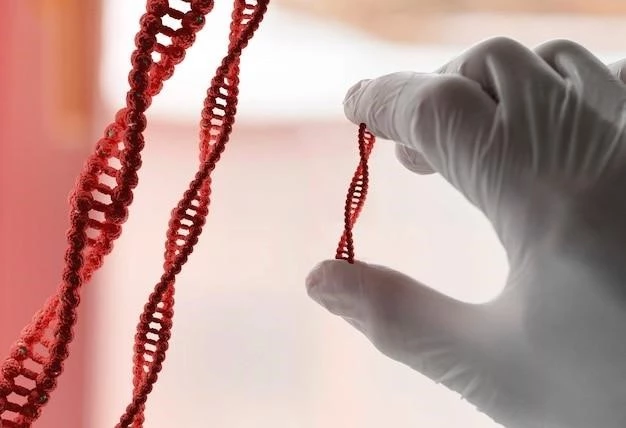Understanding Citrullinemia⁚ A Rare Genetic Disorder
Causes of Citrullinemia
Symptoms of Citrullinemia
Diagnosis of Citrullinemia
Treatment options for Citrullinemia
Management of Citrullinemia in children
Causes of Citrullinemia
Citrullinemia is caused by genetic mutations affecting the enzyme argininosuccinate synthetase or argininosuccinate lyase, disrupting the urea cycle. This leads to a buildup of ammonia in the blood, impacting brain function and overall health. Inheritance can be autosomal recessive or X-linked, with varying severity based on the mutation.
Symptoms of Citrullinemia
Symptoms of citrullinemia can include poor feeding, vomiting, seizures, developmental delays, confusion, irritability, and behavioral changes. As ammonia levels rise, symptoms may worsen, leading to lethargy, coma, and even death if untreated. Prompt recognition and management of symptoms are crucial for individuals with citrullinemia.
Diagnosis of Citrullinemia
Diagnosing citrullinemia involves blood tests to measure ammonia levels and amino acids, genetic testing to identify mutations, and imaging studies to assess liver and brain health. Newborn screening can detect citrullinemia early, enabling swift intervention. A definitive diagnosis is crucial for appropriate treatment and management planning.
Treatment options for Citrullinemia
Treatment for citrullinemia focuses on reducing ammonia levels through a low-protein diet, medications like phenylbutyrate and arginine, and sometimes dialysis in severe cases. Liver transplant may be necessary for some individuals. Regular monitoring of ammonia levels and close medical supervision are essential components of managing citrullinemia.
Management of Citrullinemia in Children
Managing citrullinemia in children involves a multidisciplinary approach, including dieticians, genetic counselors, and pediatric specialists. Regular follow-ups, adherence to dietary restrictions, monitoring growth and development, and addressing any behavioral or cognitive issues are key aspects of managing this rare genetic disorder in pediatric patients.
Living with Citrullinemia⁚ Tips and Strategies
Lifestyle modifications
Lifestyle modifications
Lifestyle changes for citrullinemia may include a low-protein diet, frequent meals, hydration, and avoiding triggers that can increase ammonia levels. Regular physical activity, proper sleep, and stress management techniques can also support overall well-being for individuals living with citrullinemia.
Emotional support and mental health
Coping with a rare genetic disorder like citrullinemia can be challenging. Seeking support from counselors, joining support groups, and connecting with others facing similar experiences can provide emotional support. Prioritizing mental health, practicing self-care, and fostering a positive outlook can help individuals and families navigate the complexities of living with citrullinemia.

Research Updates on Citrullinemia
Current studies and clinical trials
Current studies and clinical trials
Ongoing research is exploring new treatments, gene therapy, and management strategies for citrullinemia. Clinical trials are investigating novel therapies to improve outcomes and quality of life for individuals affected by this rare genetic disorder. Stay updated on the latest advancements in citrullinemia research for potential future benefits.
Emerging trends in citrullinemia research
Recent trends in citrullinemia research focus on precision medicine, personalized therapies, and understanding the impact of genetic variations on disease severity. Advances in metabolomics, gene editing technologies, and collaborative international efforts are shaping the future of citrullinemia research, offering hope for improved treatments and management strategies in the years to come.
